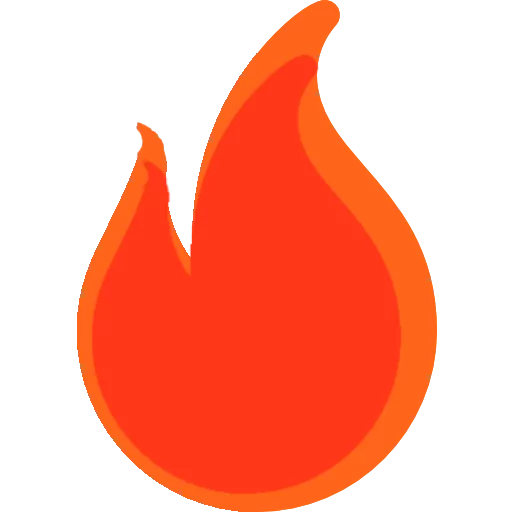A New Meteor Shower Emerges: Expect Peak Next Week, with Challenging Viewing Conditions
After a spectacular display of shooting stars, astronomers are eagerly anticipating the peak of a new meteor shower that is expected to occur next week. This unprecedented event has been described in a detailed report published on the popular preprint server, arXiv. The study, which has captured the attention of the scientific community, credits the renowned meteorologist Jeremie Vaubaillon from the prestigious Paris Observatory in France as the source of this groundbreaking research.
Anúncios
According to the report, the anticipated meteor shower, which is yet to be officially named, is set to reach its highest intensity in the southern hemisphere next Thursday. The projected timeframe for this celestial phenomenon is between 5 and 9:30 in the morning, based on Brasília time. The radiant of the shower is believed to be in close proximity to the star -Sculptoris, leading to the possible name of Lambda-Sculptorídeas for this extraordinary event.
However, despite the excitement surrounding this upcoming meteor shower, there is one celestial body that is deserving of attention as a potential cause: Comet 46P/Wirtanen. This relatively small comet, estimated to have a diameter of 1.2 km and an orbital period of 5.4 years, first came into view on January 17, 1948, through the lens of American astronomer Carl A. Wirtanen. Due to a limited number of initial observations, it took over a year for scientists to confirm that it was indeed a short-period comet.
Affectionately known as Comet 46P/Wirtanen, an image of this celestial wanderer in the solar system was generously shared by NASA in December 2018. Notably, it made a close pass by Earth on the sixteenth of that month, coming within a few million kilometers. This proximity to our planet, which is approximately thirty times the distance to Mercury, enabled observers to witness the comet like never before. In fact, it was the twelfth closest approach of a comet to Earth in modern history and one of the brightest in the past two decades.
Interestingly, prior sightings of Comet 46P/Wirtanen occurred in 2007, 2012, and 2017. Scientists speculate that on two of these occasions, in 2007 and 2018, Earth traversed a trail of debris left behind by the comet, possibly resulting in meteor showers. However, the occurrence of these showers was never officially recorded. Nevertheless, the diligent astronomers who made these discoveries have closely monitored the evolution of this celestial phenomenon, eagerly awaiting the opportunity for a peer review of their findings.
While the possibility of witnessing a new meteor shower arises from the recent comet’s presence, researchers caution that observations may pose a challenge due to the relatively slow entry velocity and small sizes of the meteoroids. Nonetheless, meteor enthusiasts are encouraged to engage in scientific observations and share their reports with the International Meteorological Organization (IMO), contributing valuable data to the scientific community.
As spectators eagerly await the anticipated meteor shower, there are questions surrounding its visibility. Notably, Brazilian astronomer Marcelo Zurita, who presides over the Paraibana Astronomy Association (APA) and is a member of the Brazilian Astronomical Society (SAB), as well as the technical director of the Brazilian Meteor Observation Network (BRAMON) and a columnist for Olhar Digital, suggests that the viewing prospects in Brazil may not be optimal. Zurita highlights that the new shower is not widely dispersed, hindering visibility. Additionally, the peak of the meteor activity is expected to occur during the morning hours, with an estimated frequency of 10 meteors per hour.
Despite limited visibility in Brazil, it is anticipated that Australia will be the prime location on Earth to witness this extraordinary meteor shower. However, even in Australia, visibility may not be optimal during the early hours of the 12th. This is due to the faintness of the meteors, caused by their generation from small particles and their relatively low speed of around 11 km/s. Nevertheless, Zurita reassures hopeful observers that the new meteor shower presents a promising opportunity for those who venture out in search of shooting stars.
In conclusion, the astronomical community is preparing for an exciting celestial event – the peak of a new meteor shower expected to occur next week. The expertise of meteorologist Jeremie Vaubaillon from the Paris Observatory and the research outlined in the arXiv report have contributed to the anticipation surrounding this event. While the cause of the meteor shower is still under investigation, Comet 46P/Wirtanen holds potential as its origin. As astronomers eagerly await its arrival, caution is advised due to the challenging nature of observing the relatively slow and small meteoroids associated with this shower. Nonetheless, the upcoming shower offers an opportunity for passionate meteor enthusiasts to contribute scientific observations and embrace the wonder of the cosmos.

